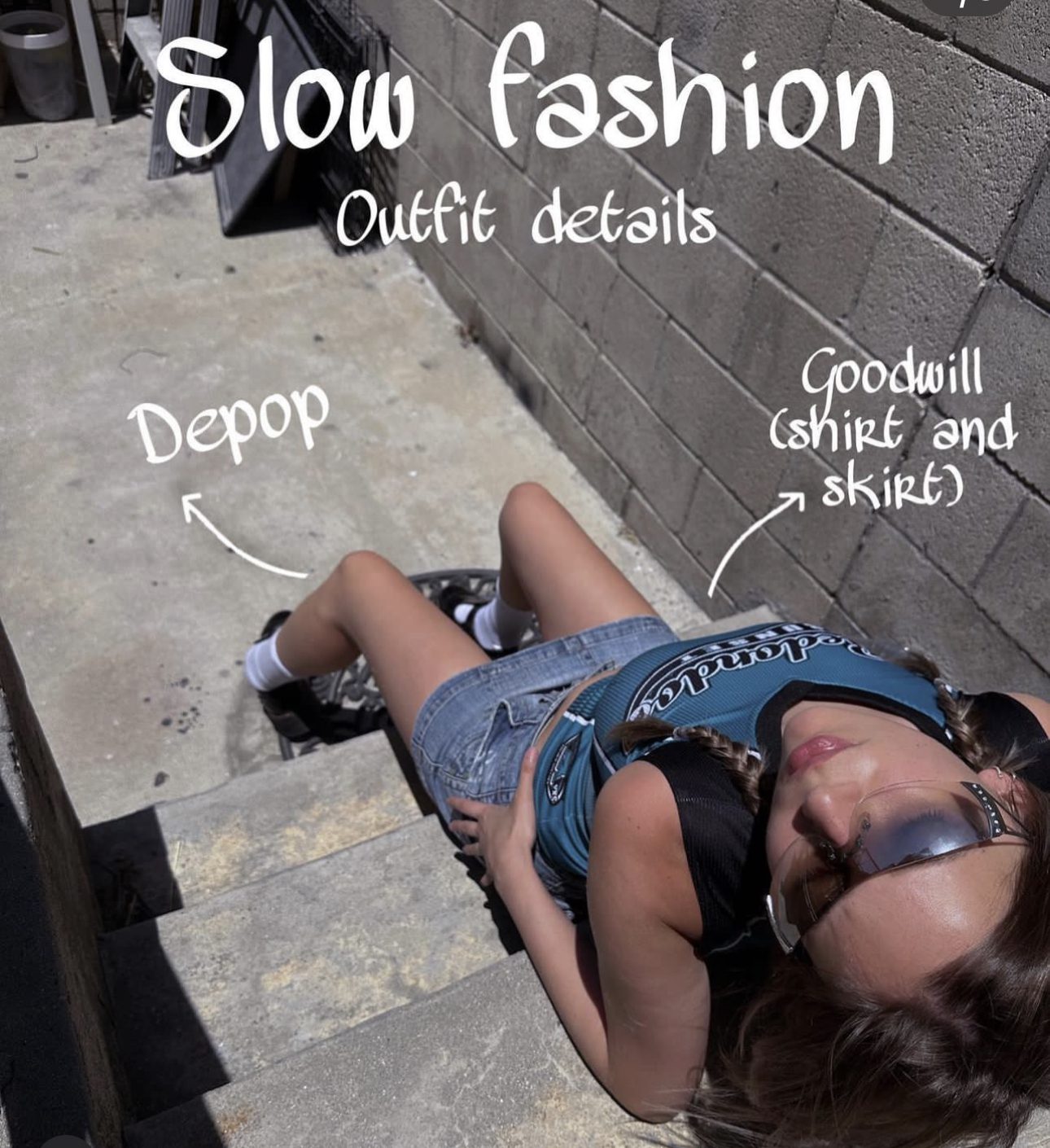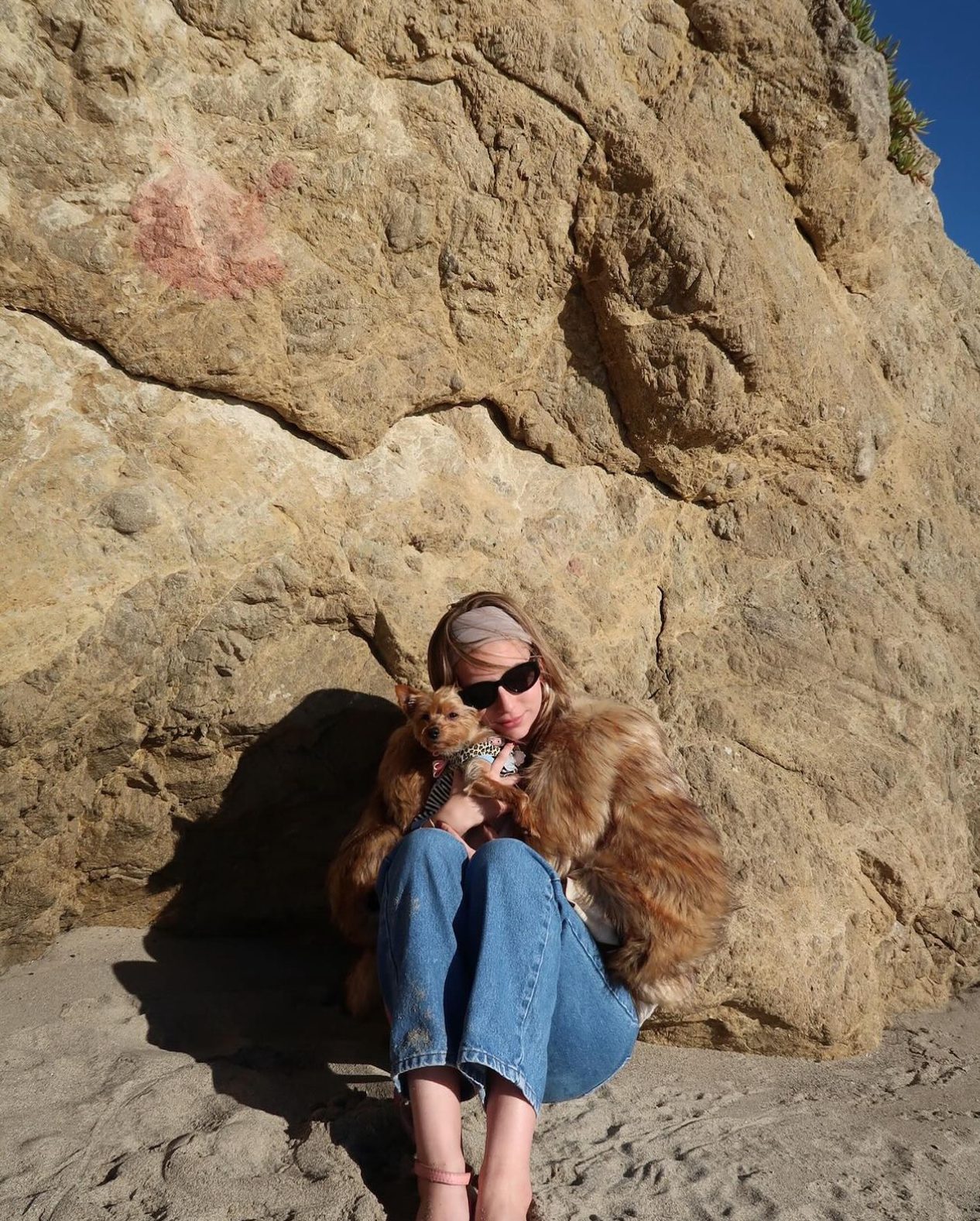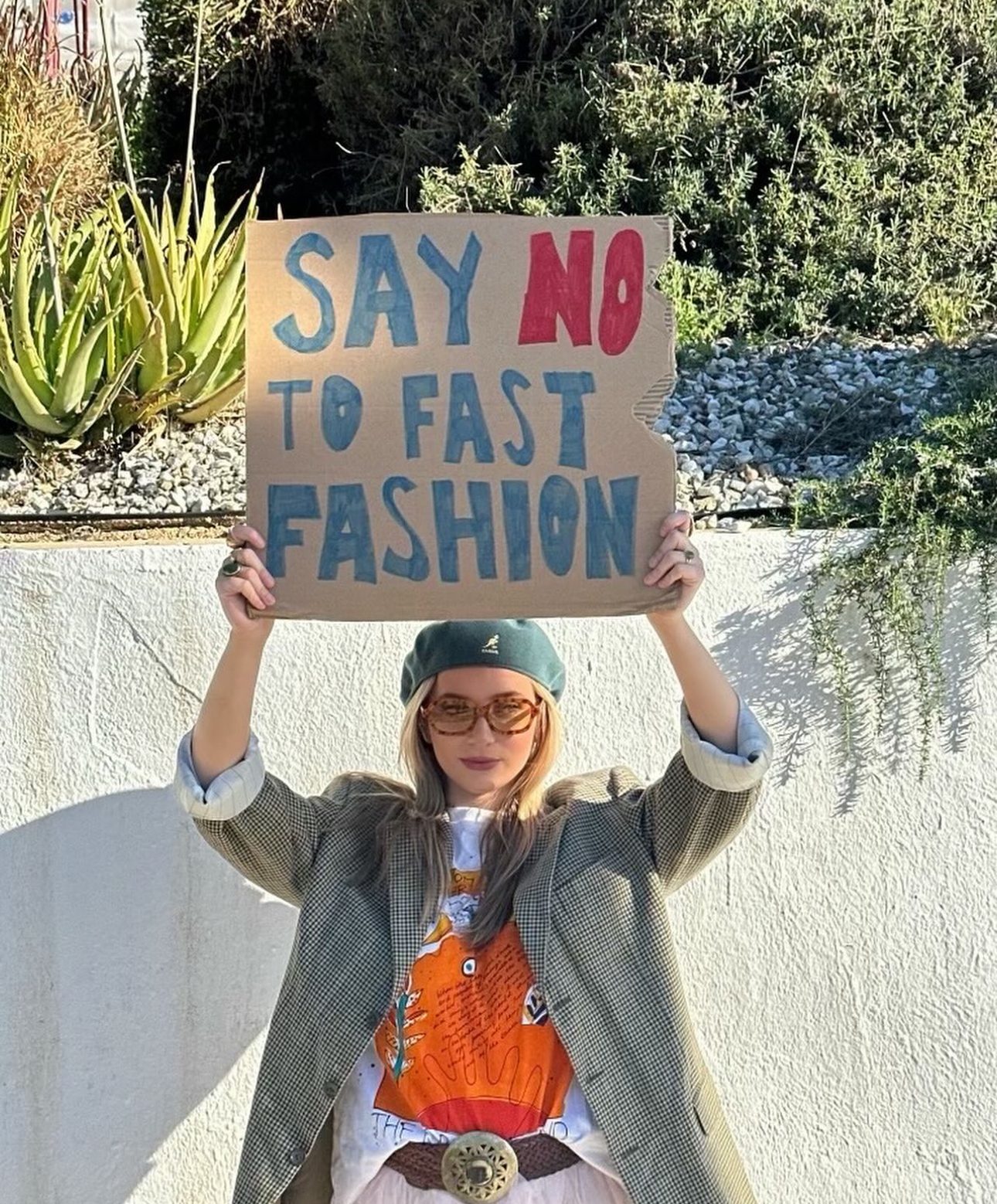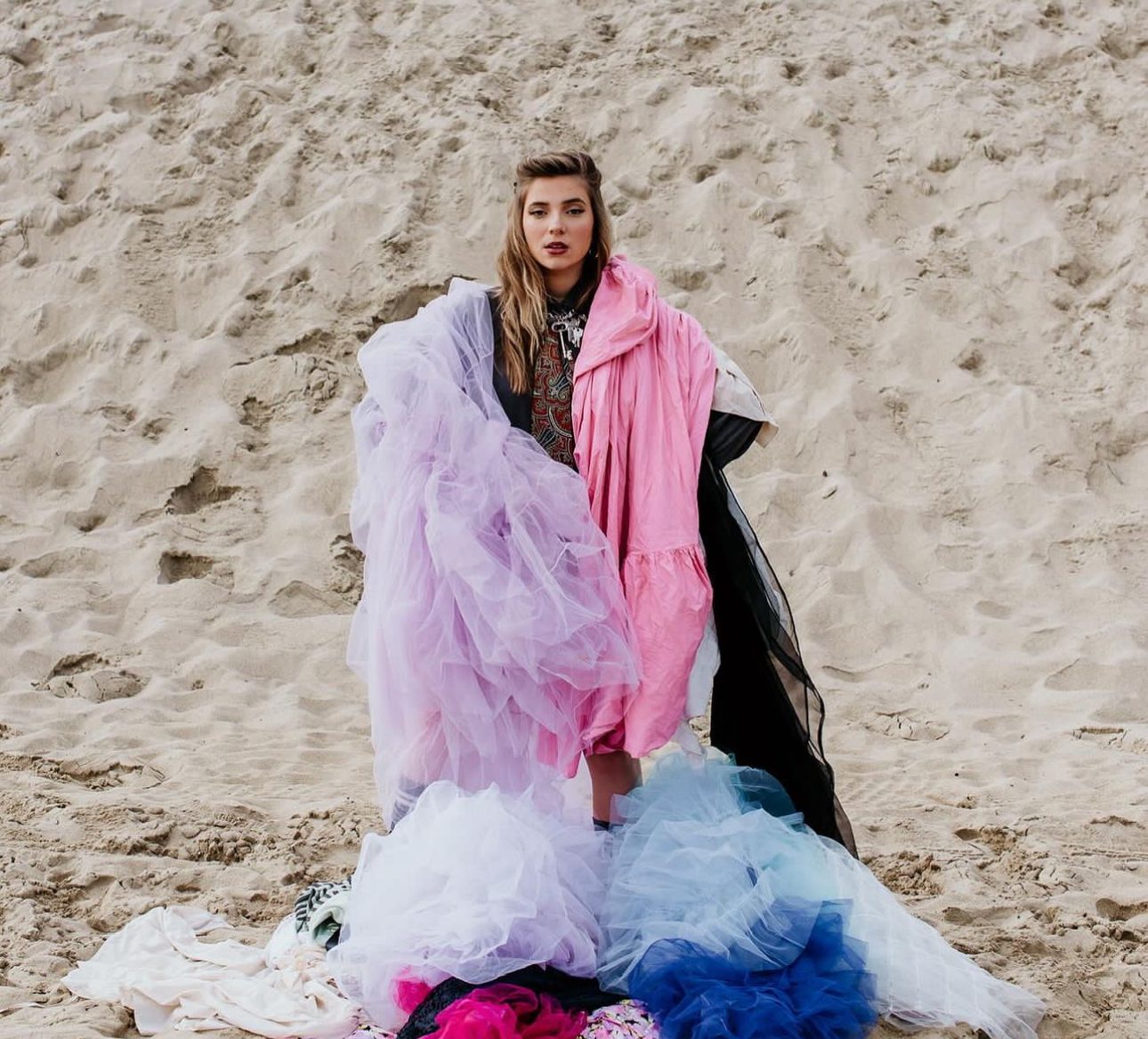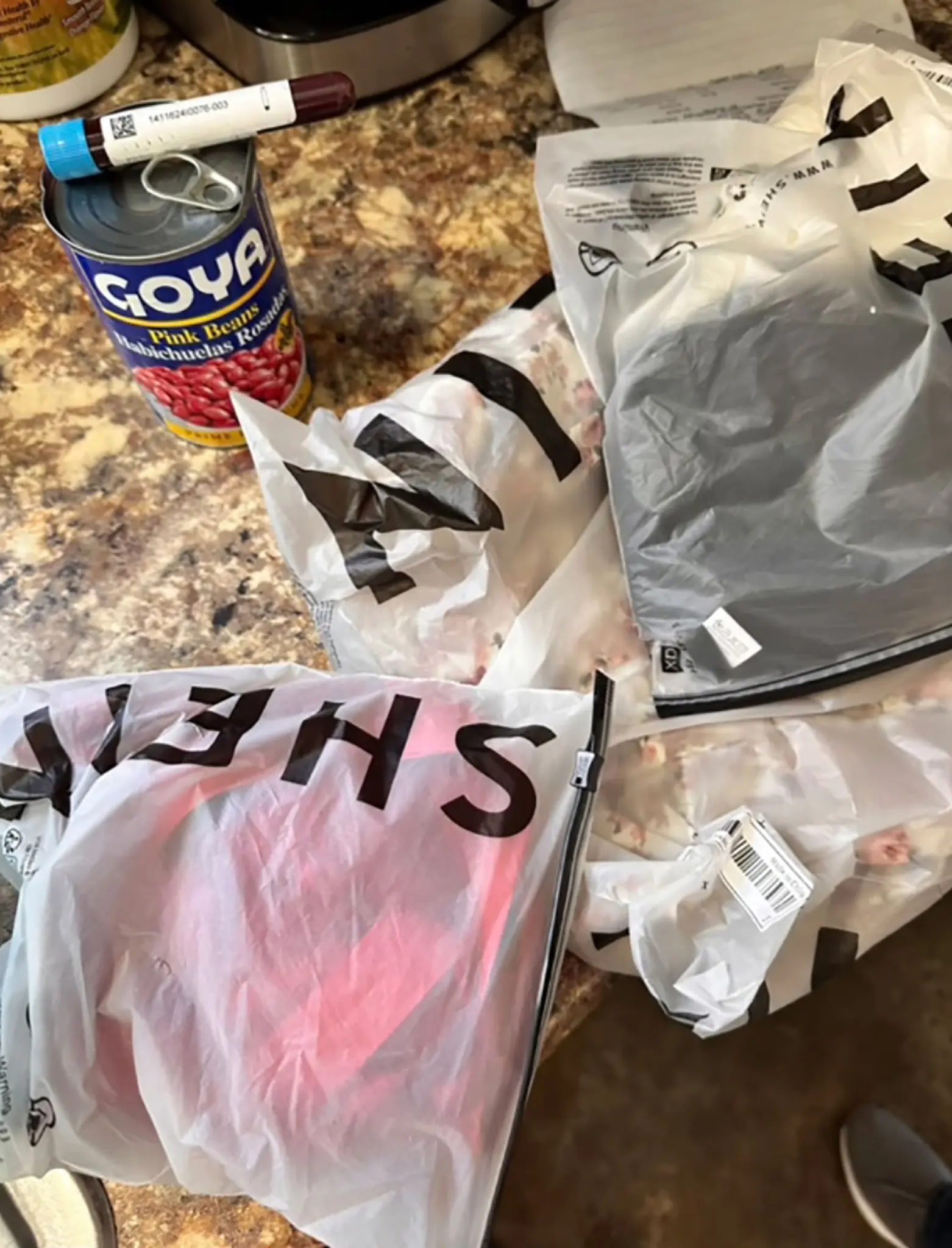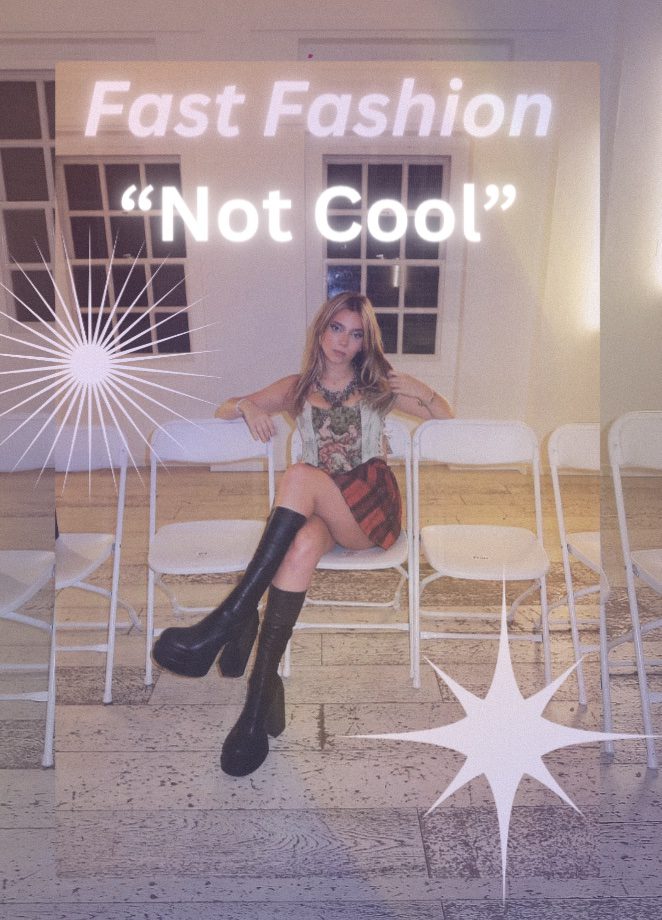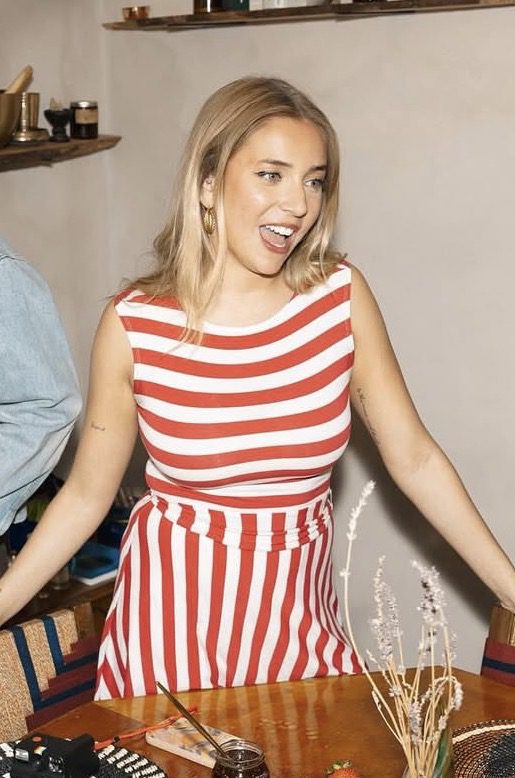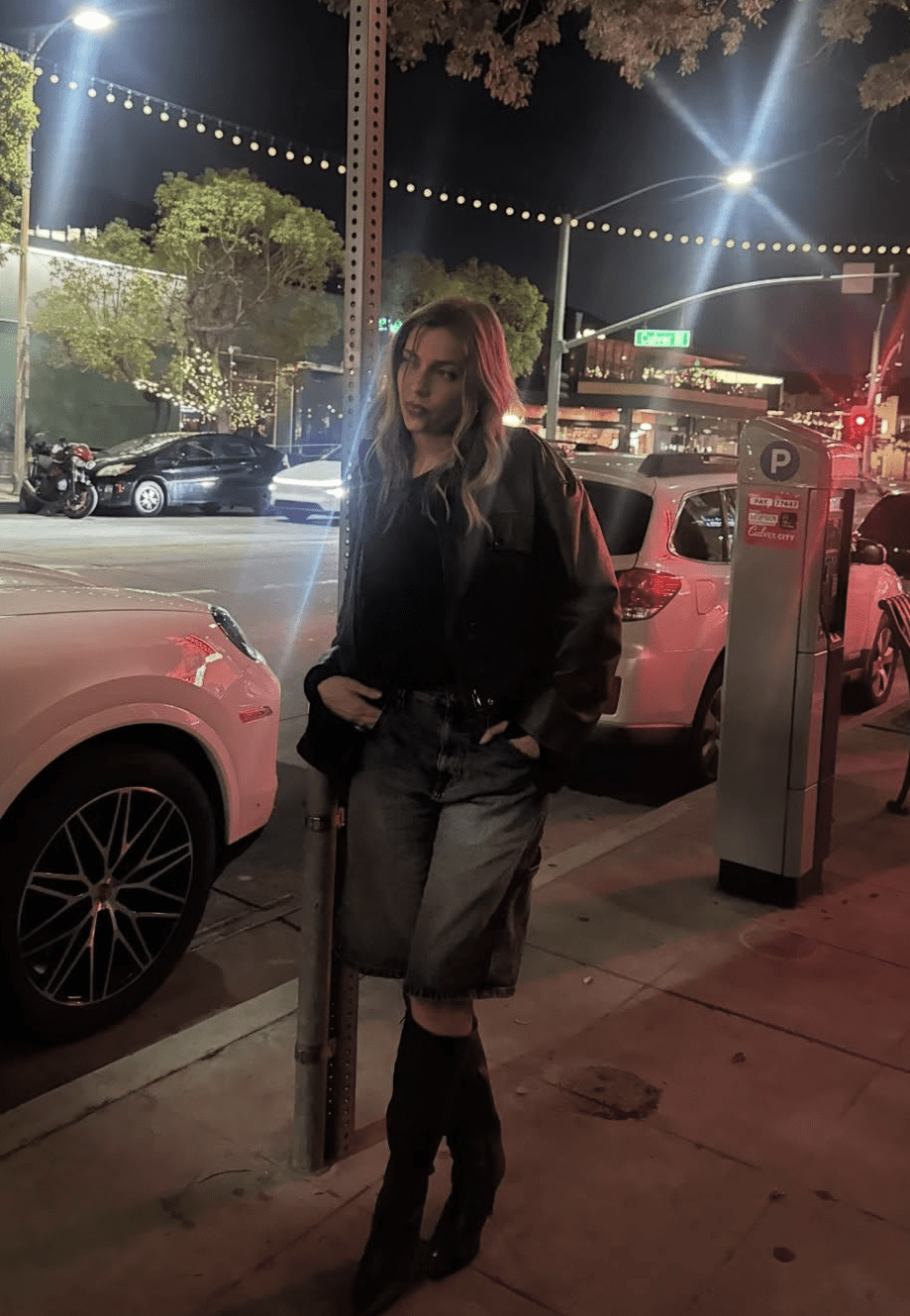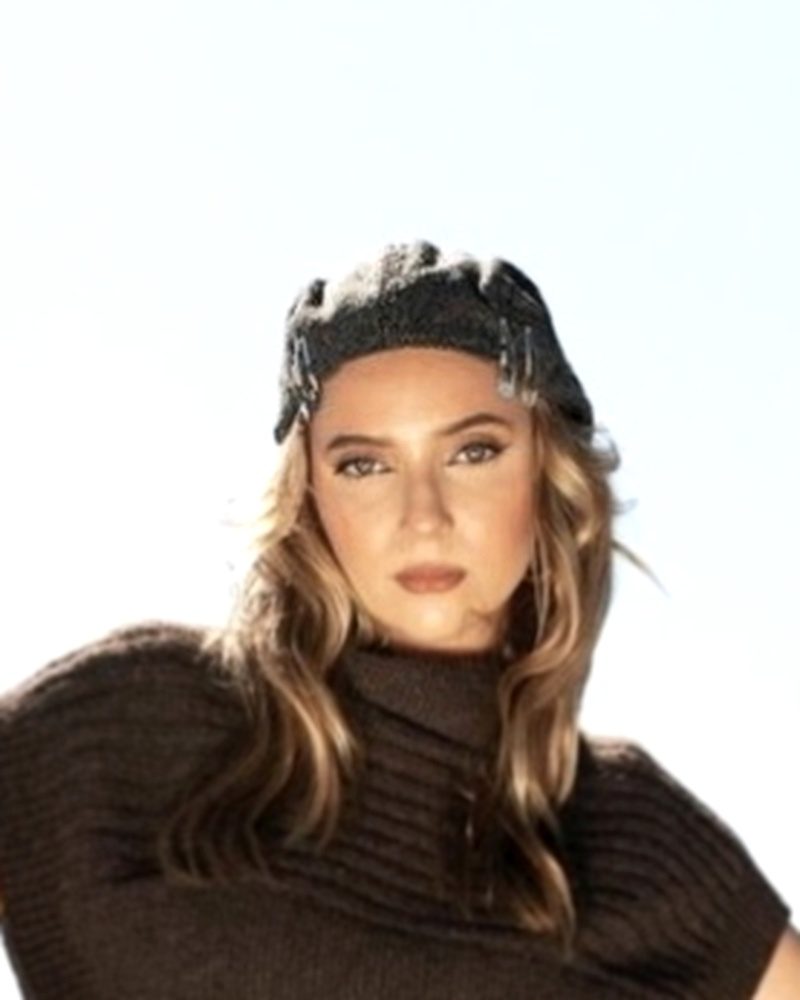Becoming a new parent comes with a lot of new skills—like swaddling, burping, and deciphering cries like you’re a baby-whispering detective. But one thing people don’t talk about enough? What your baby is wearing might actually be more important than it looks.
Let’s talk pajamas. Specifically, flame retardants.
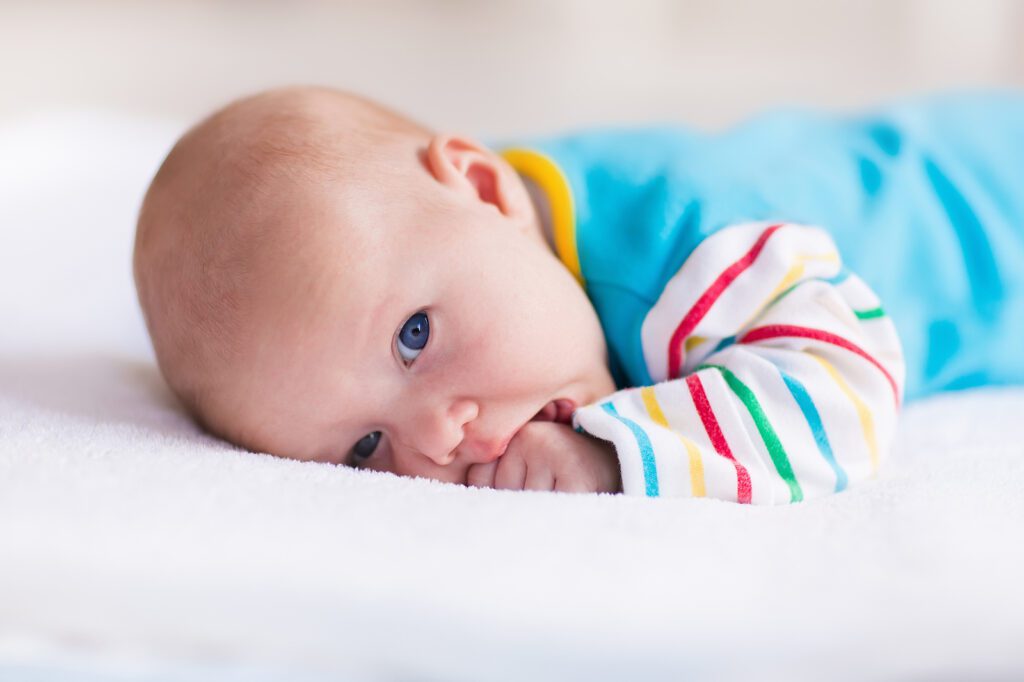
Wait—Why Are Kids’ Pajamas Treated with Chemicals?
Yep, it’s true: many kids’ pajamas, especially snug-fitting ones made of synthetic fabrics, are treated with chemical flame retardants. This goes back to a 1970s federal flammability rule (16 CFR Part 1615/1616), which required children’s sleepwear to either be made from flame-resistant materials or treated with chemicals to reduce fire risk.
The goal made sense at the time—protect kids from fire. But the unintended side effect? A whole generation of children wearing jammies coated in chemicals that have since been linked to some pretty alarming health concerns.
According to research from the Environmental Working Group and the NIH, some flame retardants have been connected to hormone disruption, developmental issues, and even cancer in high exposures. And while some of the worst offenders have been phased out, others are still very much around—and the regulations haven’t caught up to the science.
So, What Should You Look for Instead?
The safest option? Snug-fitting pajamas made of natural fibers like 100% cotton, which are naturally less flammable and don’t require chemical flame retardants.
Look for the label that says:
“For fire safety, garment should fit snugly.”
That’s your green flag. That means the fabric itself is safe without needing sketchy chemical treatments.
Brands to Approach with Caution
Even if they meet federal safety standards, not all baby pajamas are created equal—and not all are free from chemicals. While Carter’s, Gerber, and The Children’s Place may offer flame-resistant sleepwear without added chemical treatments, many of their products are still made from polyester, a synthetic fabric that raises health concerns—especially for babies with developing systems.
Carter’s
Carter’s frequently uses polyester in its baby and toddler pajamas, especially fleece and footed sleepers. These garments are considered “inherently flame-resistant,” meaning they meet federal flammability laws without the need for added flame-retardant chemicals. But that doesn’t make them chemical-free.
Here’s why that matters: Polyester is made from petroleum-based plastics, primarily polyethylene terephthalate (PET). During production, it often contains antimony, a toxic heavy metal used as a catalyst. Antimony trioxide has been linked to respiratory and skin irritation and is listed as a possible carcinogen by the CDC and IARC. Babies can be especially vulnerable to chemical exposure due to their thinner skin and more permeable systems.
The irony? Yes, polyester can resist flames—but it can also melt onto the skin in high-heat situations, which could make injuries worse in the rare event of fire. Not exactly reassuring.
Gerber
Gerber uses similar materials and approaches. Their fleece pajamas are often marketed as “flame resistant,” and while they may not be sprayed with flame-retardant chemicals, they are almost always made of polyester or polyester blends.
That means:
- Still synthetic
- Still petroleum-based
- Still likely to contain antimony and other manufacturing residues
A 2003 study published in Environmental Health Perspectives found that chemical exposure from flame-retardant-treated clothing and furniture was higher in infants and toddlers due to behaviors like mouthing and constant skin contact. Even if Gerber’s polyester isn’t treated, the off-gassing and microplastic shedding of polyester remain a concern.
The Children’s Place
The Children’s Place offers a mix of snug-fitting cotton pajamas (usually not chemically treated) and looser styles made from flame-resistant polyester. The looser styles—especially with cartoon characters or fleece sets—are often where you’ll find synthetic fabrics marketed as “safe” due to flame resistance.
Watch for this language on tags:
- “Flame Resistant” → likely polyester
- “Wear snug-fitting, not flame-resistant” → likely cotton (and a safer choice)
Why this matters for babies: Babies spend 10–16 hours a day in pajamas. That’s a lot of skin contact with potentially harmful chemicals. And because infants breathe faster and have thinner skin, chemical absorption is higher per pound of body weight compared to adults. This is why pediatricians often recommend natural, breathable fabrics like organic cotton, especially for sleep.
Brands Known for Being Safer and Transparent
Here are some baby sleepwear brands that consistently keep it clean:
- Burt’s Bees Baby – Organic cotton, flame-retardant free
- Hanna Andersson – Snug-fit cotton PJs with clear safety labeling
- Monica + Andy – GOTS-certified, organic, and super cute
- Touched by Nature – Budget-friendly and often GOTS-certified
- Kate Quinn – Organic, stylish, and good for basics
- L’ovedbaby – Offers GOTS-certified, ethically produced baby clothes
Always double-check the fabric content and label before buying—even from these trusted brands.
Where to Find Safer Baby Pajamas
You don’t need a luxury boutique to make safer choices. Try:
- Target – Carries Burt’s Bees Baby and sometimes Touched by Nature
- Amazon – Filter by “100% cotton baby pajamas” or “GOTS certified baby sleepwear”
- BuyBuy Baby – Look for Monica + Andy or Under the Nile
- Thrift Stores/Consignment Shops – Yes, really. Secondhand baby clothes have likely been washed multiple times, so any chemical coatings are long gone.
How to Shop Smarter
Search terms to use:
- “100% organic cotton baby pajamas”
- “Flame retardant free baby sleepwear”
- “GOTS certified baby clothes”
- “OEKO-TEX baby onesies”
Search terms to be cautious with:
- “Flame-resistant pajamas” = usually treated with chemicals
- “Polyester baby sleepwear” = more flammable and synthetic
Wash It—No Matter What
New or thrifted, organic or not—wash everything before putting it on your baby. Use a fragrance-free, plant-based detergent and skip fabric softeners. If you’re washing synthetics, try a microplastic filter bag to keep tiny fibers out of the water.
What is OEKO-TEX?

Let’s say you find a super cute baby sleeper online, and it says “OEKO-TEX certified.” What does that actually mean?
OEKO-TEX is a global certification system that tests textiles for harmful substances—like heavy metals, formaldehyde, pesticides, and toxic dyes. If you see the STANDARD 100 by OEKO-TEX® label, it means every part of the product—from the threads to the zippers—has been tested and found safe.
Basically, it’s like a chemical background check for your baby’s clothes.
More info and label lookups: OEKO-TEX Label Check Tool
What is GOTS?
GOTS (Global Organic Textile Standard) is the gold standard for clothing made with organic fibers. But it goes beyond just the cotton—it also certifies that the entire production process is environmentally responsible and socially ethical.
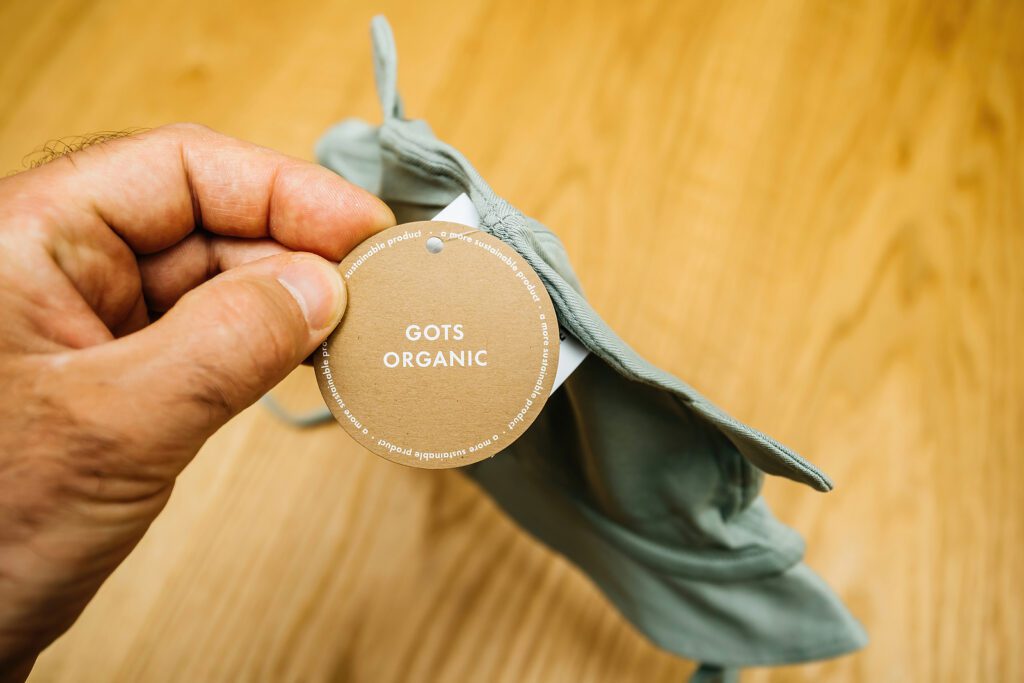
If a product is GOTS-certified, it means:
- It’s made with at least 95% organic fibers
- It’s processed without toxic bleaches, dyes, or chemicals
- Workers were treated fairly (no child labor or unsafe conditions)
So when you see GOTS-certified babywear, you’re supporting your baby’s health, the planet, and garment workers all in one go.
But What If You Can’t Afford All This?
The Power of Thrifting.
Buying secondhand for your baby might feel a little weird at first—like, do I really want my newborn wearing someone else’s onesie?
But here’s the thing: most new clothes come with a chemical cocktail of coatings—stain-resistant finishes, flame retardants, and dyes that haven’t been washed out. Thrifted clothes? They’ve probably been washed dozens of times, making them less toxic than brand-new pieces off the rack.
As long as you give everything a gentle wash before use, thrifting might be the cleanest, greenest move you can make for your little one.
The Bottom Line
Your baby’s skin is sensitive. Their immune system is still developing. And while the world throws a lot of toxins our way, there are steps you can take to keep their everyday environment cleaner.
- Avoid flame-retardant-treated PJs
- Choose 100% cotton (especially for sleepwear)
- Look for OEKO-TEX® and GOTS-certified labels
- Thrift with confidence
- Wash everything—always
You don’t need to be perfect. You just need to be informed. 💚
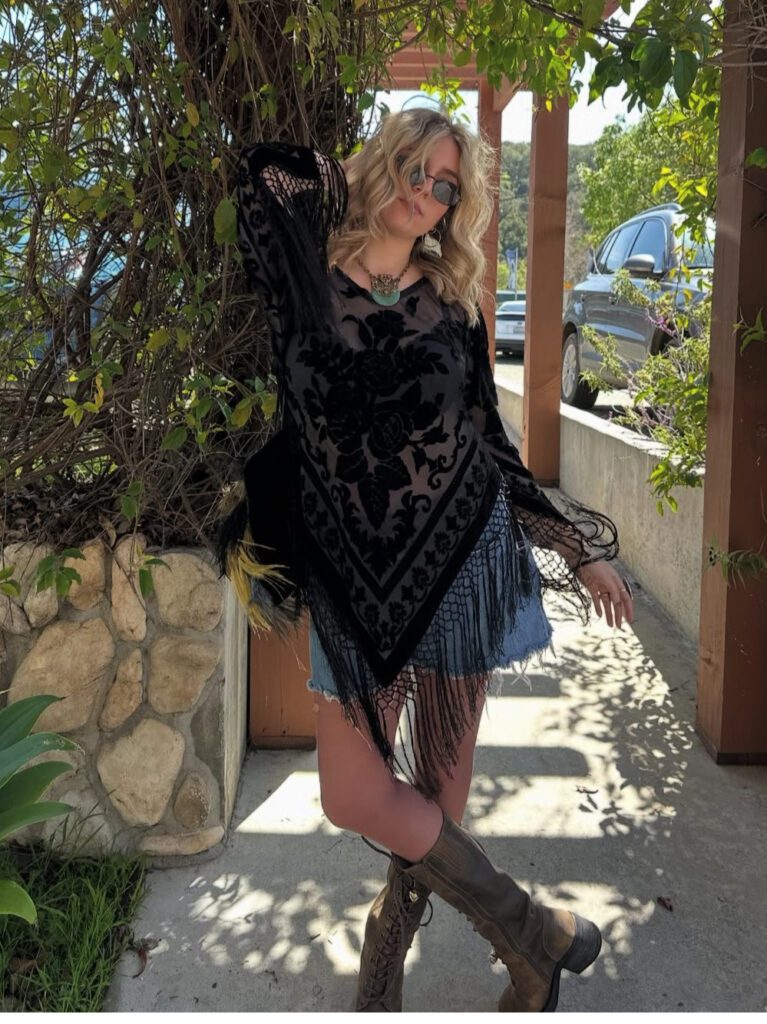
Follow me on my socials: Instagram: @lexysilverstein Youtube: Lexy Silverstein Twitter: @eLEXYfy TikTok: @lexysilverstein Facebook: Lexy Silverstein Liketoknow.it/lexysilverstein


